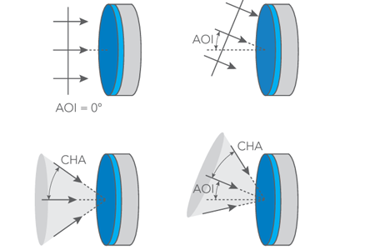Practical Aspects Of Mirror Usage In Optical Systems For Biology

As a newcomer in a biological optics laboratory, you may have some questions like "Why are there so many varieties of mirrors?" and "How do I know which mirror to use for my specific purpose?". This overview aims to provide practical and useful information on the topic of flat dielectric mirrors, which are now widely used. It also outlines important design considerations and specifications that should be taken into account when selecting the appropriate flat mirror for an optical system used in biology. Throughout this white paper, we'll explore some of the most interesting and unique mirrors ever created, including a Han Dynasty mirror with a peculiar optical effect caused by small distortions on its surface.
We'll delve into the transition from metal to dielectric mirrors and highlight the advantages of dielectric mirrors, such as high reflection, minimal energy absorption, and resistance to damage. We'll also explain important parameters for mirror usage, such as intensity, wavelength, and reflection. You'll also find insights into how the angle of incidence, polarization, and wavelength can affect mirror performance, as well as practical considerations like surface flatness, wavefront error, transmitted wavefront error, and wedge.
Lastly, some of the challenges of mirror usage as discussed, such as laser-induced damage and dispersion phenomena, and briefly touch on mirror mounting techniques. With this white paper, you'll have a comprehensive understanding of the fascinating world of mirrors and their role in optical systems.
Get unlimited access to:
Enter your credentials below to log in. Not yet a member of ECM Connection? Subscribe today.
